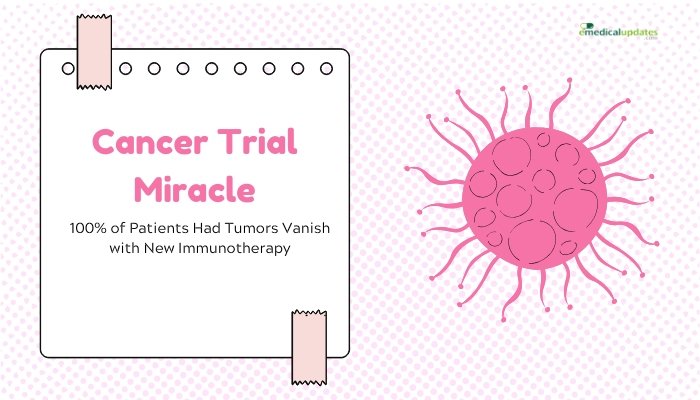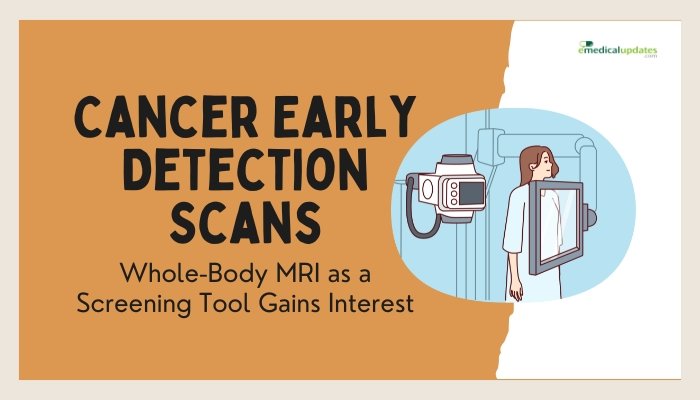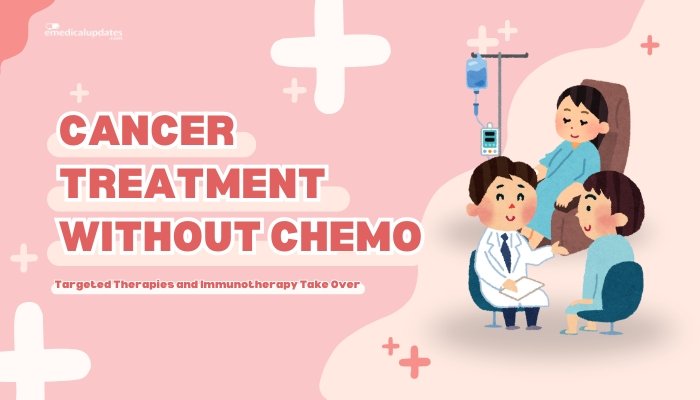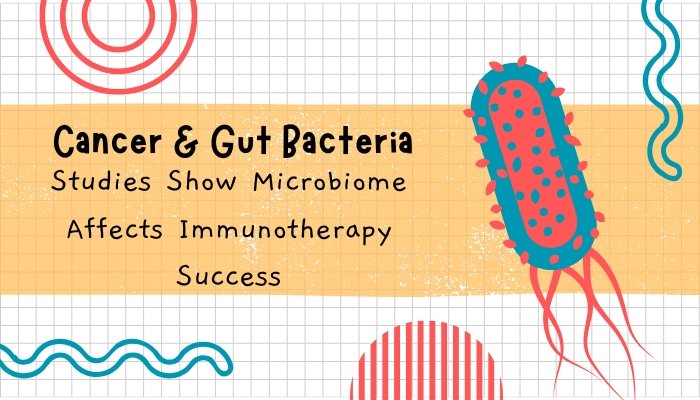Introduction
A recent clinical trial made headlines when every participant with a specific type of rectal cancer saw their tumors disappear after immunotherapy—an outcome so rare that some have termed it a “miracle.” Though the trial involved a small cohort, these initial results are promising enough to reshape parts of cancer care.
Below, we explore how the therapy works, the significance of a 100% remission rate, and what it means for future oncology treatments.
The Trial at a Glance
What Happened
Researchers at Memorial Sloan Kettering conducted a small trial on patients with locally advanced rectal cancer who shared a particular genetic feature (mismatch repair–deficient tumors, or dMMR). They received an immunotherapy drug—dostarlimab, a PD-1 inhibitor—for several months. Astonishingly, every patient experienced complete tumor remission based on scans, exams, or endoscopy, without needing surgery or radiation.
Why It Matters
- Unprecedented Outcome: Achieving a 100% remission rate in any cancer trial is extremely rare.
- No Major Side Effects: Patients largely avoided the toxicities associated with traditional chemotherapy, radiation, or invasive surgery.
- Potential Paradigm Shift: If replicated in larger studies, such immunotherapy could spare many from the harshness of standard treatments.
How Immunotherapy Achieved These Results
Targeting the PD-1 Pathway
Dostarlimab is a PD-1 (programmed cell death 1) inhibitor. PD-1 is a receptor on T-cells; cancer cells often exploit this pathway to suppress the immune system. By blocking PD-1:
- Restoring Immune Attack: T-cells can recognize and destroy tumor cells more effectively.
- Mismatch Repair Deficiency: dMMR tumors accumulate many mutations, making them stand out to the immune system once “brakes” like PD-1 are lifted.
Personalized to Tumor Genomics
The participants’ tumors had defective mismatch repair genes, making them especially vulnerable to immunotherapy. This underscores a growing trend in oncology: matching patients to therapies based on their cancer’s molecular profile.
Significance and Limitations
Significance
- High Cure Potential: If these results persist, many patients could avoid surgeries that risk incontinence or life with a colostomy bag.
- Less Toxic: Immunotherapy side effects exist, but participants largely reported manageable symptoms, especially compared to the toxicities of chemo or radiation.
Limitations
- Small Sample Size: Fewer than 20 patients took part in the trial—impressive as results are, larger studies are crucial.
- Duration of Follow-Up: While early remission is encouraging, long-term data is needed to confirm durability (i.e., no relapses years later).
- Specific Genetic Subset: The approach targeted mismatch repair–deficient tumors. Patients with standard (proficient) mismatch repair might not benefit similarly.
Future Directions and Potential Impact
Larger Trials
The next step is expanding trials to:
- Enroll More Patients: Confirm the same effect across different demographics and more varied tumor burdens.
- Other Cancer Types: Evaluate if PD-1 blockade shows similar efficacy in other mismatch repair–deficient cancers.
Rethinking Standard Therapy
If further studies confirm these outcomes, it could shift standard-of-care guidelines:
- Surgery-Sparing: Some rectal cancers might be treatable solely with immunotherapy, preserving organ function and quality of life.
- Pathway for Other Cancers: This success might embolden new immunotherapy regimens for different tumor profiles or earlier disease stages.
Frequently Asked Questions
- Did all patients completely avoid chemo, radiation, or surgery?
- In this small trial, yes. Every participant experienced complete remission, removing the immediate need for additional treatments.
- Is this therapy suitable for all rectal cancers?
- Not yet. The participants had mismatch repair–deficient tumors. Other genetic profiles may need alternative approaches.
- Will this approach produce a lasting cure?
- Early data are promising, but longer follow-up is essential to confirm if tumors remain gone indefinitely.
- What about side effects?
- Immunotherapy can cause immune-related side effects (e.g., colitis, dermatitis). However, in this group, side effects were minimal or easily managed.
- How soon could it become widely available?
- Broader adoption depends on successful larger-scale trials, regulatory approvals, and demonstration of cost-effectiveness.
Conclusion
The revelation that 100% of participants in a small trial overcame drug-resistant rectal cancer with a single immunotherapy agent is a landmark in cancer treatment. While caution is warranted given the trial’s limited size and specific genetic context, the results underscore immunotherapy’s transformative potential—especially when leveraged against tumors with distinct genetic vulnerabilities like mismatch repair deficiency. Moving forward, bigger studies and extended follow-ups will confirm whether these “miraculous” outcomes stand the test of time. If they do, medicine may be on the brink of a new era where certain advanced cancers can be neutralized through well-targeted immunological interventions—no chemo required.
References
-
- Cercek A, et al. (2022). “PD-1 blockade in mismatch repair–deficient rectal cancer leads to complete clinical response.” NEJM.
-
- Diaz LA, Jr., et al. (2017). “Immunotherapy for dMMR tumors: mechanisms and expansions.” J Clin Oncol.
-
- ASCO (2023). “Emerging data in mismatch repair–deficient colorectal cancers.”







